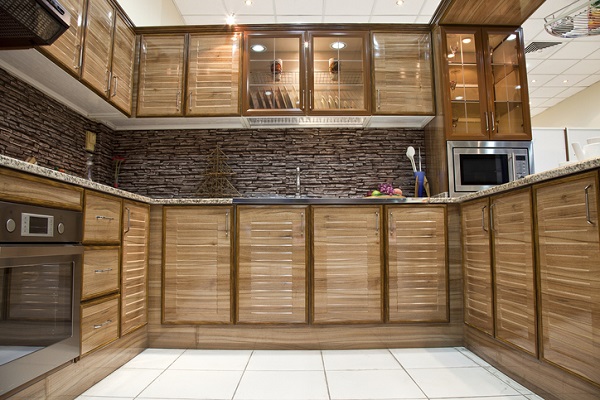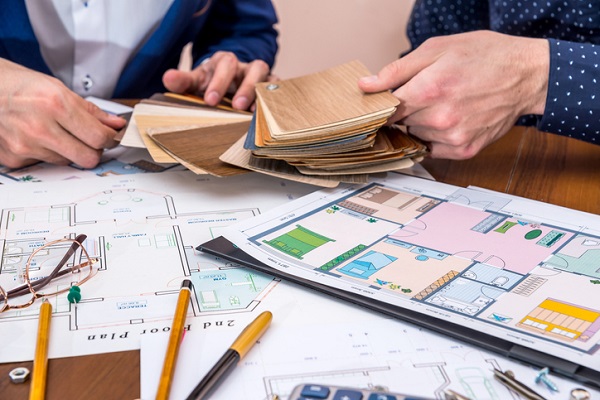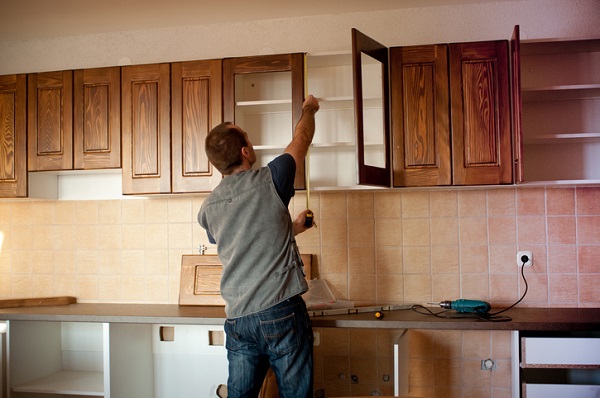
Cabinetmaking is a traditional craft, but with training and experience you will discover there is a lot of opportunity for your creativity to flourish within it. Making kitchen cabinets is one of the many ways to blend technical skills, knowledge, and personality into your cabinetmaking work.
The kitchen is one of the most versatile rooms in the house. Of course, people cook, but they also socialize, host dinners, and spend quality time with their family and friends in the kitchen. For many it is the room in the house that will be the most worn and torn.
That’s why there is a lot to think through before you start making cabinets to fit into the life of a kitchen. Here are a few tips to get started.
1. Manage Your Time and Client Expectations
After cabinetmaking school you will have a lot of opportunities to work with clients in different situations. It is always important to manage your time so that your clients know what to expect and when, but even more so if your clients are waiting to get back into their kitchen.
Discuss your plan with the client and ask lots of questions. How do they use the space? What do their dream cabinets look like? Are they looking to increase the value of their home in order to sell it in the near future? Answering these questions will help you devise a solid plan and an accurate estimate for your client so they know what to expect in terms of budget and time.
2. Use Your Cabinetmaking Training to Choose the Right Materials
An important aspect of the cabinetmaking trade is knowing how to identify and choose the right materials. Kitchen cabinet doors are sometimes made from laminate, which is a less expensive option, but it is likely you will be deciding between medium dense fiberboard (MDF), wood and plywood cabinets.

While this decision may be made by the client, with your cabinetmaking training you should be ready to give advice on their options. For example, if a client wants a stained wood look, then MDF should be avoided. But if they want to paint the cabinets a certain colour, MDF is likely the best choice. If there are any large doors in your cabinet design, it may be worthwhile to consider plywood, which is lighter and costs less than woods like maple.
Another set of choices to talk to clients about will be hardware and whether or not the cabinets will include things like a ‘Lazy Suzan’ or pantry pullouts. In all cases, make sure the hardware is durable because these are the moving parts that help keep a kitchen functional.
3. Plan an Efficient Installation
Before ordering materials take detailed notes of where things like plumbing, electrical outlets, and appliances are. Planning is essential to an efficient installation and there are cabinet making courses that include how to read blueprints and building layouts taught by experienced professional instructors.

In addition to the cabinet materials and hardware, make a plan for gaps. Walls are not always straight and floors are not always level so cabinet filler pieces or shims will come in handy. When you are ready to install, start high with the wall cabinets then move to the floor cabinets. By using a bench march and those filler pieces to keep everything on the level, you will be done in no time.
Want to learn more about cabinetmaking school?
Contact North American Trades School for more information!



